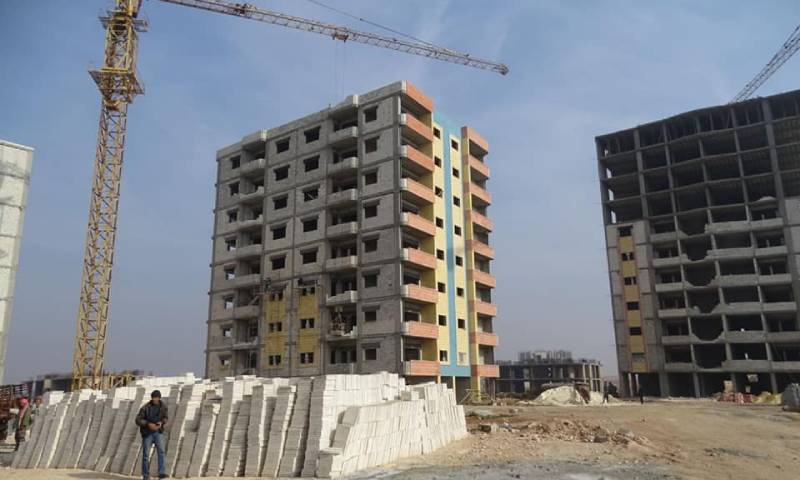



The organization process of urban development plans in Syria faces several problems, mainly the yawning gap between reality and the details in the cadastral certificate.
The Director of Legislation and Land Registration at the General Directorate of Cadastral Affairs, Issam Qouli, said that regulatory plans in Syria need to be organized and examined thoroughly to verify the boundaries of real estate zones, especially as property measurements on the ground do not match the information registered in cadastral records.
The General Directorate of Cadastral Affairs has surveyed about 99 percent of Syria’s real property area for the purpose of boundary marking. Only one percent of the area remains to be surveyed, Qouli stated to the local pro-government al-Watan newspaper on 24 January.
He added that 40 percent of properties whose measurements have been registered in Syria need to be rechecked to verify their real estate zones’ boundaries, as the surveying, legal description, and zoning plans of these areas are not final.
Qouli attributed the disparity between the legal description of the land on cadastral certificates and on the ground to the directorate’s inability for years to verify these plans, which caused many urban areas to remain in wait for final regulatory plans.
The distribution of responsibilities of cadastral registration between government authorities has caused the dispersal of ownership among many entities. Such authorities include the municipality, the General Directorate of Cadastral Affairs, the Ministry of Justice, the Military Housing Establishment, the land registry, and other agencies, as well as people granted powers of attorney, Qouli said.
He highlighted the necessity of returning registry records to the Syrian cadastre besides merging the real estate transactions in one entity represented by the General Directorate of Cadastral Affairs.
The directorate has automated half of the real estate transactions in Damascus, with 24 out of 47 real estate zones subject to automation, according to Qouli.
Out of about six million cadastral certificates, half a million have been registered in sequential order in all of Syria.
A cadastral certificate is the main extract of a land registry. It is a report of a property’s physical characteristics and boundaries that can be used as a reference for all information needed on the property.
Each property has a cadastral record registered within the real estate zone in which the property is located after measuring the property boundary lines and registering them. The process of boundary marking and registration of property measurements is undertaken under orders signed by a provisional judge for specific real estate procedures, mainly boundary marking and registration in a specific real estate zone.
Each property is surveyed within its borders by a surveying technical team and a selected committee from the area’s local residents. The provisional real estate judge issues a decision to register the property in the cadastre based on the boundary marking and registration records.
The Director of Cadastral Affairs stated that the number of contracts documented by the real estate directorates during 2020 had reached 394,675, while the fees collected from property transactions amounted to approximately 7 billion Syrian pounds (SYP = 2,089,552 USD).
The process of real estate boundary determination and registration of measurements has begun in Syria with the adoption of decisions No. 186, 188, and 189 of 1926, under the French Mandate, as an alternative to the Ottoman land registration system (defter hane). These laws ensured a more reliable and accurate system of real estate boundary marking and protection of ownership.
if you think the article contain wrong information or you have additional details Send Correction